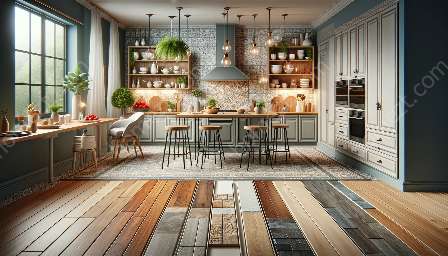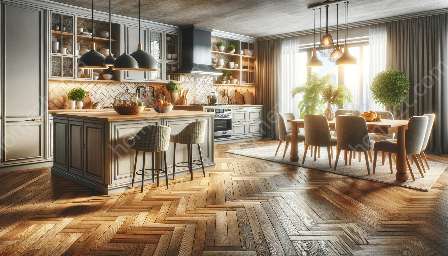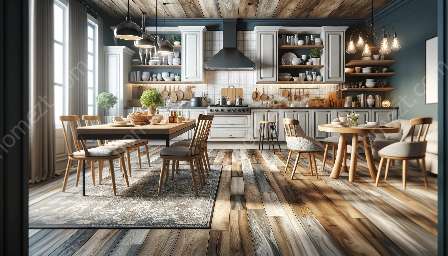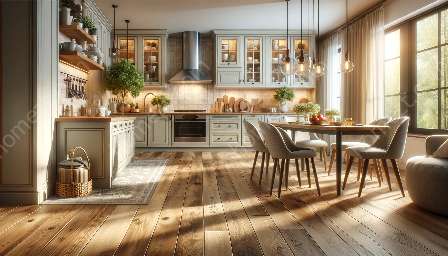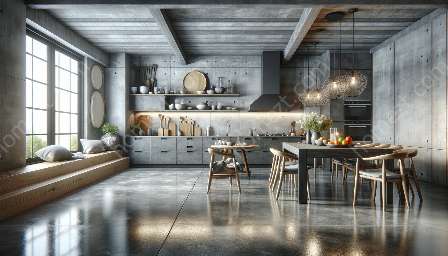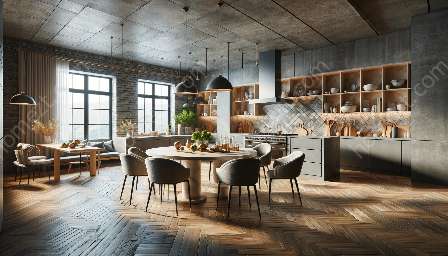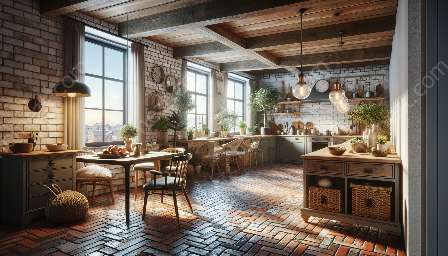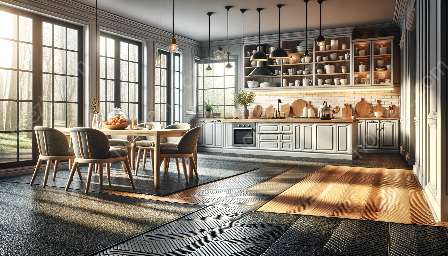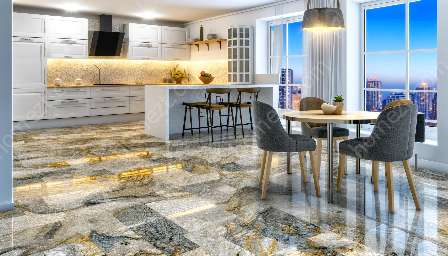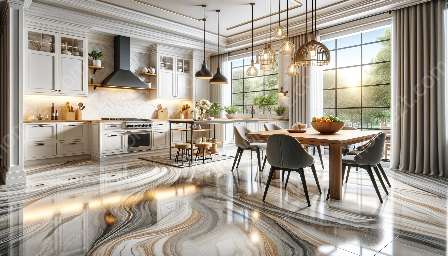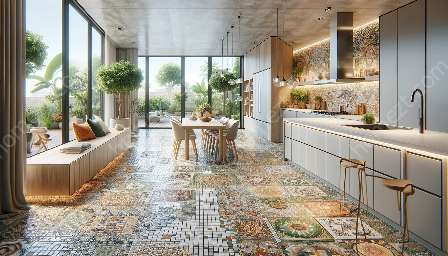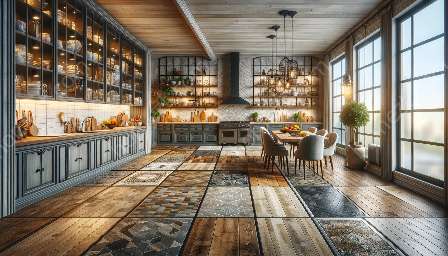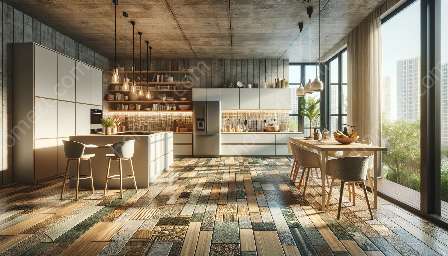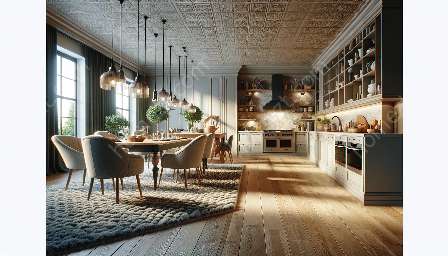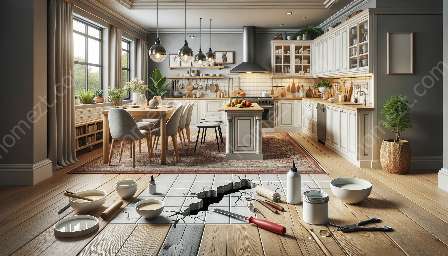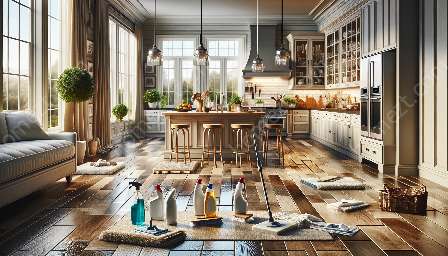Vinyl flooring is a versatile and durable option for kitchen and dining areas, offering a wide range of benefits such as easy maintenance, water resistance, and aesthetic appeal. This comprehensive guide delves into the world of vinyl flooring, exploring its advantages, installation process, and maintenance tips to help you make an informed decision for your home.
The Benefits of Vinyl Flooring
One of the most significant advantages of vinyl flooring is its durability. Vinyl is highly resistant to scratches, stains, and dents, making it an ideal choice for high-traffic areas such as kitchens and dining rooms. Additionally, vinyl flooring is water-resistant, making it perfect for withstanding spills and moisture commonly found in these areas. Its easy maintenance and cleaning requirements further add to its appeal as a practical and reliable flooring option.
Furthermore, vinyl flooring comes in a wide variety of styles, colors, and patterns, allowing you to achieve the perfect look for your kitchen and dining areas. Whether you prefer a sleek, modern design or a more traditional aesthetic, vinyl flooring offers endless possibilities to complement your home décor.
Installation Process
Installing vinyl flooring in your kitchen and dining areas is a straightforward process that can be done by professionals or ambitious DIY enthusiasts. The versatility of vinyl enables it to be installed over various existing subfloors, including concrete, plywood, or even existing vinyl flooring. With options for glue-down, peel-and-stick, or click-and-lock installation methods, you can choose the best approach based on your preferences and skill level.
Before installing vinyl flooring, it is essential to prepare the subfloor properly, ensuring it is clean, dry, and level. Following manufacturer's guidelines and recommendations is crucial to achieving a successful and long-lasting installation.
Maintenance Tips
One of the key attractions of vinyl flooring in kitchen and dining areas is its low-maintenance nature. Regular sweeping and occasional mopping with a mild detergent are generally all that is required to keep your vinyl floor looking clean and fresh. Additionally, it is advisable to use protective pads under furniture legs to prevent scratches and to promptly clean up any spills to maintain the floor's pristine condition.
Vinyl Flooring in Relation to Kitchen Flooring
When it comes to kitchen flooring, the choice of material is crucial in ensuring durability and visual appeal. Vinyl flooring stands out as an ideal option, providing the necessary resilience to withstand the demands of a busy kitchen. Its resistance to water and stains, easy maintenance, and variety of design options make it a top choice for kitchen floors, where spills and foot traffic are common.
Vinyl Flooring in Relation to Kitchen & Dining
The combination of kitchen and dining areas in a home requires a flooring solution that seamlessly transitions between the two spaces while catering to their specific needs. Vinyl flooring excels in this regard, offering cohesive design options that can unify the kitchen and dining areas. Its durability and stain resistance make it an excellent choice for maintaining a consistent and appealing look throughout these interconnected spaces.

